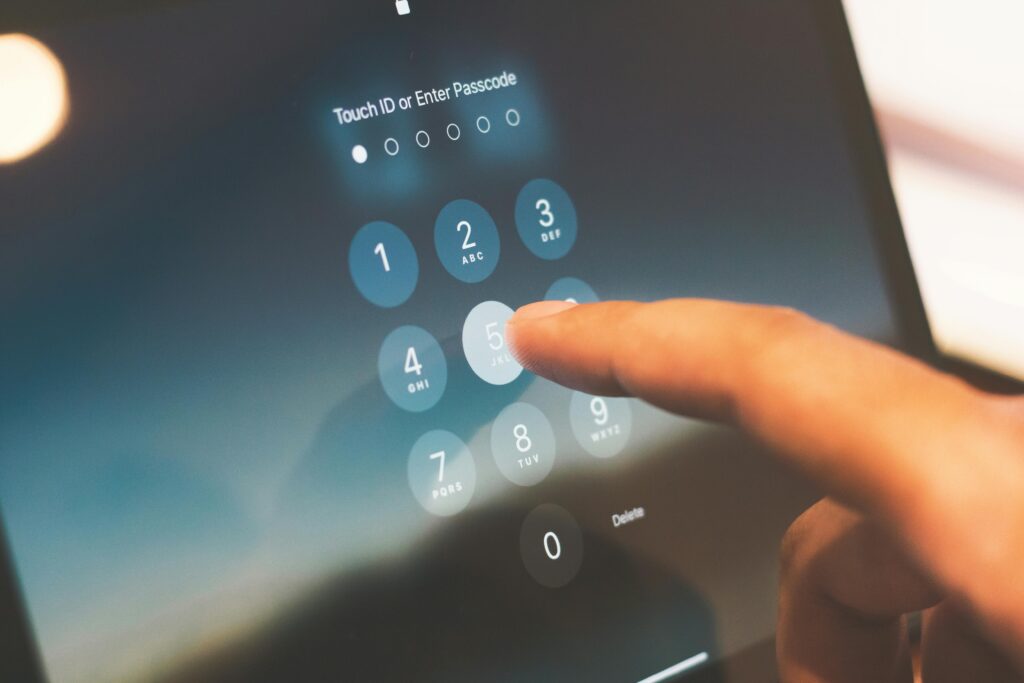Imagine this: You’re sending a message to your friend. But halfway through, someone intercepts it and reads it. Sounds scary, right? That’s exactly what encryption helps prevent.
In this guide, we’ll break down what encryption is, why it’s important, how it works, and which tools you can use to stay safe online all in simple terms.

What is Encryption?
At its core, encryption is a method of protecting information by converting it into a secret code. Only someone with the right key can read it. This technique is used everywhere from WhatsApp messages to online banking.
👉 Think of encryption as locking your data in a box. Only the person with the right key (or password) can unlock and read it.
Why Is Encryption Important?
These days, everything is online banking, shopping, even private chats. Without encryption, your data is like an open book for hackers, companies, or even governments.
Here’s why encryption matters:
- Privacy: It keeps your messages and data safe from prying eyes.
- Security: Stops cybercriminals from stealing sensitive info.
- Trust: Websites with encryption (HTTPS) build user trust.
💡 Fun Fact: Websites with HTTPS use SSL/TLS encryption. That little lock icon in your browser? Yep, that’s encryption at work.
Types of Encryption (Explained Simply)
1. Symmetric Encryption
Uses one key for both encryption and decryption. It’s fast but less secure if someone gets the key.
✅ Example: AES (Advanced Encryption Standard)
📘 Read more: AES Encryption – NIST Guide
2. Asymmetric Encryption
Uses two keys a public key to lock (encrypt) and a private key to unlock (decrypt).
✅ Example: RSA Encryption
📘 Learn more: RSA Explained – Cloudflare
🔁 Asymmetric encryption is more secure and often used for emails, websites, and digital signatures.
Real-World Examples of Encryption in Use
Here’s how you use encryption daily without even knowing:
| Platform | What’s Encrypted | Type |
|---|---|---|
| Messages & Calls | End-to-End | |
| Gmail | Emails (partially) | TLS |
| Signal | Messages & Calls | End-to-End |
| Zoom | Meetings | End-to-End |
| NordVPN | Internet Traffic | AES-256 |
🧠 End-to-end encryption means only you and the person you’re talking to can read the messages not even the company can peek inside.
How Encryption Works: A Simple Breakdown
Let’s say you want to send a secret note.
- You write “Hello”.
- Your device encrypts it to something like “Xf3@2#nK”.
- The encrypted version is sent over the internet.
- The receiver’s device decrypts it back to “Hello”.
This way, even if someone intercepts the message, they can’t make sense of it without the key.

Best Tools for Encryption (Free & Paid)
Here are some top tools you can start using today:
| Tool | Purpose | Link |
|---|---|---|
| BitLocker | Encrypt your entire Windows PC | Built-in |
| VeraCrypt | Open-source file encryption | Free |
| ProtonMail | Secure email | Free & Paid |
| NordVPN | Encrypt internet traffic | Paid |
| 7-Zip | Encrypt zipped files | Free |
| Tutanota | Encrypted email | Free & Paid |
🔐 Always choose tools that offer AES-256 or end-to-end encryption for maximum security.
Common Encryption Terms You Should Know
Let’s decode the jargon:
- Cipher: The algorithm that does the encryption.
- Key: A string used to lock or unlock data.
- Decryption: Turning encrypted data back into its original form.
- Hashing: Not exactly encryption. It’s one-way, meaning it can’t be reversed. Used for storing passwords securely.
- SSL/TLS: Protocols for encrypting web traffic. If a URL starts with
https://, it uses these.
Does Encryption Make You 100% Safe?
Not really. While encryption makes it very hard for attackers to access your data, it’s not foolproof.
👉 Use it with other security measures:

Final Thoughts: Start Encrypting Today
Encryption isn’t just for techies or hackers. It’s for everyone students, freelancers, business owners, or even grandparents who video call their grandkids.
Now that you know what encryption is, how it works, and which tools to use you’re already one step ahead.
So next time you see that little lock icon in your browser, give yourself a nod. You’re surfing safer.



